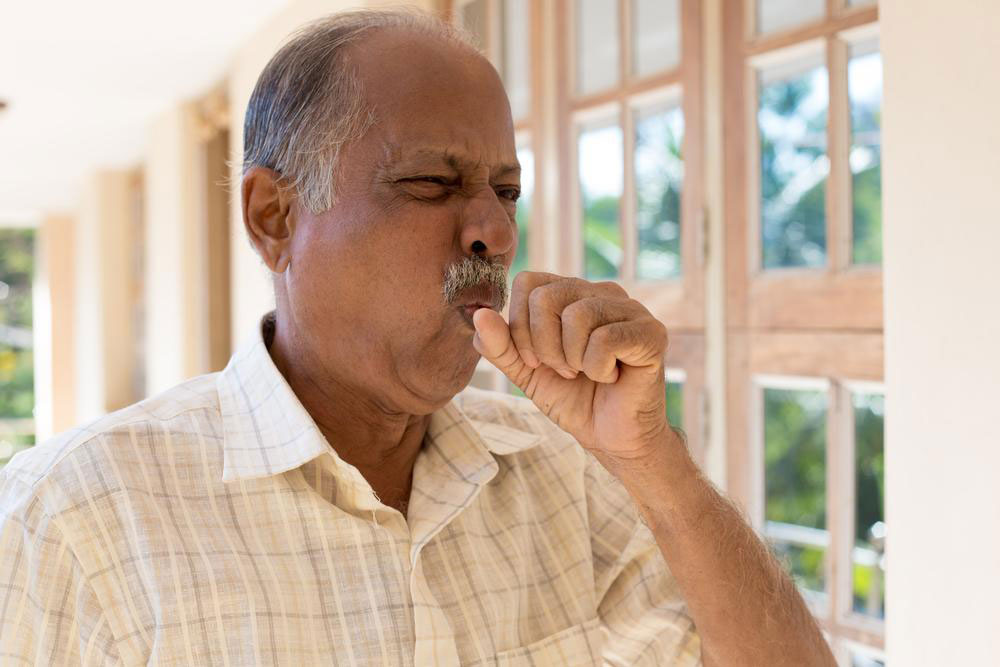Comprehensive Guide to Pulmonary Nodules: Origins and Treatment Options
This comprehensive overview explains pulmonary nodules, their causes, and effective treatment strategies. It covers benign and malignant origins, diagnostic approaches, and minimally invasive therapies, emphasizing personalized management to improve patient outcomes.

Comprehensive Guide to Pulmonary Nodules: Origins and Treatment Options
Pulmonary nodules are small, round or oval abnormalities seen on lung imaging studies. Often discovered incidentally during routine chest X-rays or CT scans, these nodules can raise concerns about health. Fortunately, advances in medical technology have enhanced our ability to accurately diagnose and treat these growths, resulting in improved patient care. From cutting-edge diagnostic methods to innovative treatment strategies, managing pulmonary nodules has become more effective than ever before.
Reasons Behind Pulmonary Nodules
The majority of pulmonary nodules are benign and require careful observation rather than immediate intervention. Determining the root cause of each nodule is essential for appropriate management.
Infections - Lung infections such as tuberculosis, fungal infections, or bacterial pneumonia can lead to nodule formation due to inflammation. Addressing the infection with antibiotics, antifungals, or specific treatments like anti-tuberculosis medications is vital for resolving these nodules.
Inflammatory Disorders - Conditions such as sarcoidosis and rheumatoid arthritis can cause lung nodules. Sarcoidosis involves immune-driven granulomas that may resolve spontaneously or with anti-inflammatory medication. Rheumatoid arthritis-related nodules develop from lung inflammation.
Benign Growths - Non-cancerous tumors such as hamartomas or pulmonary fibromas often manifest as lung nodules. Hamartomas contain normal lung tissue and may need removal if symptomatic or enlarging. Pulmonary fibromas, originating from connective tissue, are typically surgically removed.
Malignant Lesions - Primary lung cancers or metastatic tumors can appear as nodules. Early detection and treatment are crucial, with options including surgery, radiation therapy, chemotherapy, targeted agents, or immunotherapy depending on the diagnosis stage.
Approaches to Managing Pulmonary Nodules
The management plan depends on size, appearance, and potential for malignancy. Options include:
Monitoring - Small, stable, low-risk nodules are often watched with periodic imaging, such as CT scans, to observe for any changes over time. This cautious approach is standard for benign or low-risk cases.
Biopsy Procedures - When a nodule grows or appears suspicious, obtaining a tissue sample through bronchoscopy, needle aspiration, or surgery helps determine benign or malignant nature.
Minimally Invasive Interventions - Techniques like radiofrequency ablation use heat to destroy small nodules without open surgery. SBRT (stereotactic body radiation therapy) provides targeted radiation over several sessions, suitable when surgery isn't possible.
Cancer Treatments - For malignant nodules, options include chemotherapy, targeted therapy, and immunotherapy. Often, combined therapies are used to improve outcomes in advanced cases.
Surgical Removal - In certain situations, especially with cancerous or problematic nodules, surgical excision (lung resection) may be necessary to remove the growth along with some surrounding tissue, based on size and location.


